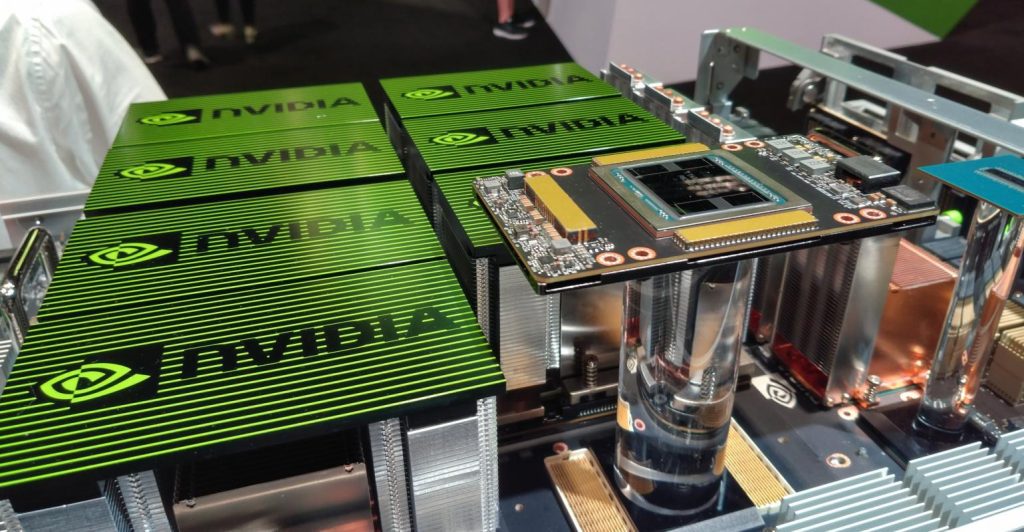RYOULIVE.AI
NEWS
NVIDIA's new superchip is paving the way for ASI!
In a recent speech at the Stanford Institute for Economic Policy Research, Jensen Huang, CEO of NVIDIA, unveiled the company’s latest innovation: a superchip that paves the way for Artificial Super Intelligence (ASI). This chip boasts capabilities far exceeding anything currently available, promising to revolutionize various fields.
Here’s a glimpse into what the future holds with this groundbreaking technology:
Unprecedented Processing Power: Compared to today’s technology, the new chip offers a million-fold increase in computational abilities. This translates to tackling complex problems that were previously unimaginable.
Shifting the Paradigm of AI: The chip ushers in an era of dynamic, continuous learning for AI. Imagine AI that constantly evolves and refines itself through digital interactions, opening doors for groundbreaking advancements.
Revolutionizing Healthcare: The ability to understand complex biological data paves the way for breakthroughs in drug discovery. The chip’s processing power could unlock the secrets of protein function, accelerating medical research.
But can this chip store the entire internet? Storing the entire internet on one computer is a fascinating idea, but it’s not quite there yet. While the new chip offers a significant leap in storage capacity, the internet’s ever-growing size might still pose a challenge.
To learn more about this exciting development, you can watch the full speech by Jensen Huang here. The video offers a deeper dive into the technical aspects of the chip and its potential impact on the world.
AI is rapidly evolving, and NVIDIA’s superchip marks a significant milestone in this journey. As we delve deeper into the world of ASI, the possibilities are truly endless.











